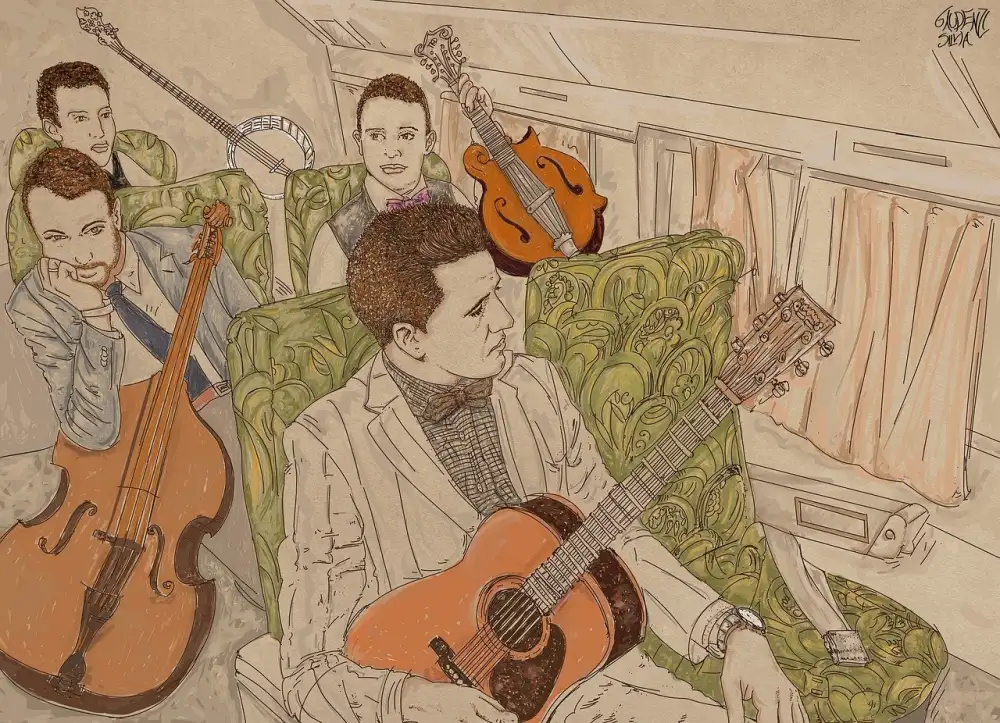Fit for Royalty: Exploring the Exquisite Coronation Food Served at Royal Events

- Historical Significance of Coronation Feasts
- Traditional Dishes Served at Coronations
- Evolution of Coronation Menus Over Time
- Influence of Culture and Tradition on Coronation Cuisine
- Modern Interpretations of Coronation Food
- Notable Coronation Banquets in History
- Tips for Hosting a Coronation-inspired Feast at Home
- Recipes for Recreating Coronation Dishes
Coronation food holds a special place in the history of royal events, characterized by opulence and grandeur. These sumptuous feasts have been served at coronations for centuries, symbolizing power, tradition, and celebration. The exquisite dishes prepared for such occasions reflect the culinary prowess of royal chefs and the cultural heritage of the reigning monarch. From lavish banquets to intricate table settings, coronation food showcases the finest ingredients and culinary techniques fit for royalty. Join us on a journey to explore the fascinating world of coronation cuisine and discover the flavors that have delighted kings and queens throughout history.
Historical Significance of Coronation Feasts
The historical significance of coronation feasts dates back centuries, symbolizing the formal ascension of a monarch to the throne. These grand banquets served not only as a celebration of the new ruler but also as a display of wealth, power, and hospitality to nobles and foreign dignitaries. The lavish spread of food and drink showcased the kingdom's abundance and culinary prowess, reinforcing the monarch's status and authority. Coronation feasts were meticulously planned events steeped in tradition and ceremony, setting the tone for the ruler's reign ahead.
Traditional Dishes Served at Coronations
Traditional Dishes Served at Coronations hold a rich history and cultural significance. Some staple dishes include coronation chicken, a curry-flavored chicken dish created for Queen Elizabeth II's coronation in 1953. Another classic is the coronation pudding, a decadent dessert made with dried fruits and spices. Roast meats like beef or lamb are also commonly featured, symbolizing prosperity and abundance. These traditional dishes showcase the culinary heritage and royal traditions that have been passed down through generations at coronation feasts.
Evolution of Coronation Menus Over Time
Over the centuries, coronation menus have evolved significantly, reflecting changes in tastes, availability of ingredients, and cultural influences. Initially focused on showcasing the wealth and power of the monarch, early coronation feasts featured extravagant dishes like roasted swans and peacocks. As culinary practices advanced and global trade expanded, exotic spices and ingredients from distant lands began to appear on royal tables. The Victorian era saw a shift towards more refined and elaborate multi-course meals, with an emphasis on French haute cuisine. In modern times, there has been a move towards lighter, healthier options that cater to contemporary preferences while still honoring tradition.
Influence of Culture and Tradition on Coronation Cuisine
The influence of culture and tradition on coronation cuisine is profound, reflecting the heritage and customs of the reigning monarch. For example, British coronation menus often feature dishes with historical significance, such as coronation chicken, a dish created for Queen Elizabeth II's coronation in 1953. Additionally, the use of seasonal and local ingredients in coronation feasts showcases the culinary traditions of the region. Each country's unique culinary heritage plays a significant role in shaping the menu for royal events, highlighting the importance of preserving cultural identity through food.
Modern Interpretations of Coronation Food
In modern times, chefs and food enthusiasts have taken inspiration from traditional coronation dishes to create contemporary interpretations that cater to evolving tastes and culinary trends. These modern versions often incorporate local, seasonal ingredients and innovative cooking techniques while staying true to the essence of royal cuisine. Chefs experiment with fusion flavors, presentation styles, and global influences to add a fresh twist to classic coronation recipes. By reimagining these historical dishes, they bring a touch of regal elegance to the dining experience while appealing to a wider audience with diverse palates.
Notable Coronation Banquets in History
One of the most famous coronation banquets in history took place during the coronation of Queen Elizabeth II in 1953. The menu included dishes such as Filet de Sole Mountbatten, Perdreau en Casserole (partridge), and Bombe Glacee Princesse Elizabeth. Another remarkable banquet was held during the coronation of King George IV in 1821, where guests were served with a lavish spread featuring turtle soup, venison, and numerous desserts. These banquets not only showcased culinary excellence but also reflected the opulence and grandeur associated with royal events throughout history.
Tips for Hosting a Coronation-inspired Feast at Home
1. Research traditional coronation dishes to create an authentic menu.
2. Pay attention to presentation by using elegant tableware and decorations.
3. Consider serving dishes in multiple courses to mimic a royal banquet.
4. Incorporate elements of luxury such as caviar, truffles, and fine wines.
5. Invite guests to dress formally to enhance the regal ambiance.
6. Provide background information on the history of coronation feasts during the meal.
7. Play classical music or orchestral pieces to set a grand atmosphere.
8. Experiment with modern twists on traditional recipes for a unique touch.
9. Encourage guests to engage in lively discussions about royal cuisine and traditions.
10. End the feast with a toast to celebrate the rich culinary heritage of royalty.
1. Research traditional coronation dishes to create an authentic menu.
2. Pay attention to presentation by using elegant tableware and decorations.
3. Consider serving dishes in multiple courses to mimic a royal banquet.
4. Incorporate elements of luxury such as caviar, truffles, and fine wines.
5. Invite guests to dress formally to enhance the regal ambiance.
6. Provide background information on the history of coronation feasts during the meal.
7. Play classical music or orchestral pieces to set a grand atmosphere.
8. Experiment with modern twists on traditional recipes for a unique touch.
9. Encourage guests to engage in lively discussions about royal cuisine and traditions.
10. End the feast with a toast to celebrate the rich culinary heritage of royalty.
Recipes for Recreating Coronation Dishes
1. Coronation Chicken: A dish created for Queen Elizabeth II's coronation in 1953, this creamy chicken salad combines cooked chicken with a curry-spiced mayonnaise dressing, apricot puree, and almonds. Serve it on a bed of lettuce for a regal touch.
2. Beef Wellington: A classic British dish fit for royalty, Beef Wellington features tender beef fillet coated with mushroom duxelles and wrapped in puff pastry. Bake until golden brown and serve with a rich red wine reduction sauce.
3. Trifle: This decadent dessert is a staple at royal events, featuring layers of sponge cake soaked in sherry, custard, fruit compote, and whipped cream. Garnish with toasted almonds and fresh berries for an elegant finish.
4. Scones with Clotted Cream and Jam: A quintessential British treat perfect for afternoon tea or a coronation-inspired feast. Serve warm scones with clotted cream, strawberry jam, and a pot of freshly brewed tea for an authentic touch.
By following these recipes inspired by royal cuisine, you can recreate the flavors and elegance of coronation feasts right in your own home.
In conclusion, hosting a coronation-inspired feast at home is a delightful way to experience the grandeur and elegance of royal cuisine. By recreating traditional dishes served at historical coronations and adding a modern twist, you can transport yourself and your guests to a culinary wonderland fit for royalty. Whether it's a special occasion or simply an evening of indulgence, celebrating royal cuisine at home allows you to appreciate the rich history and cultural significance of these exquisite dishes. So gather your loved ones, set the table with regal flair, and savor every bite as you pay homage to the culinary traditions of kings and queens past. Cheers to dining like royalty in the comfort of your own castle!
Published: 15. 04. 2024
Category: Home



